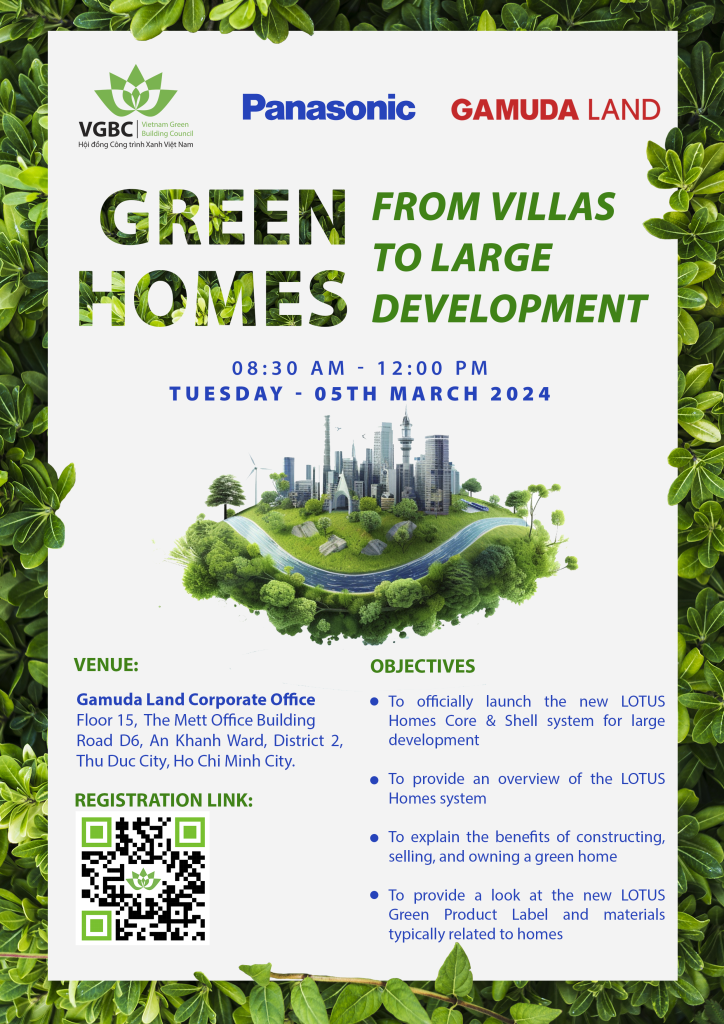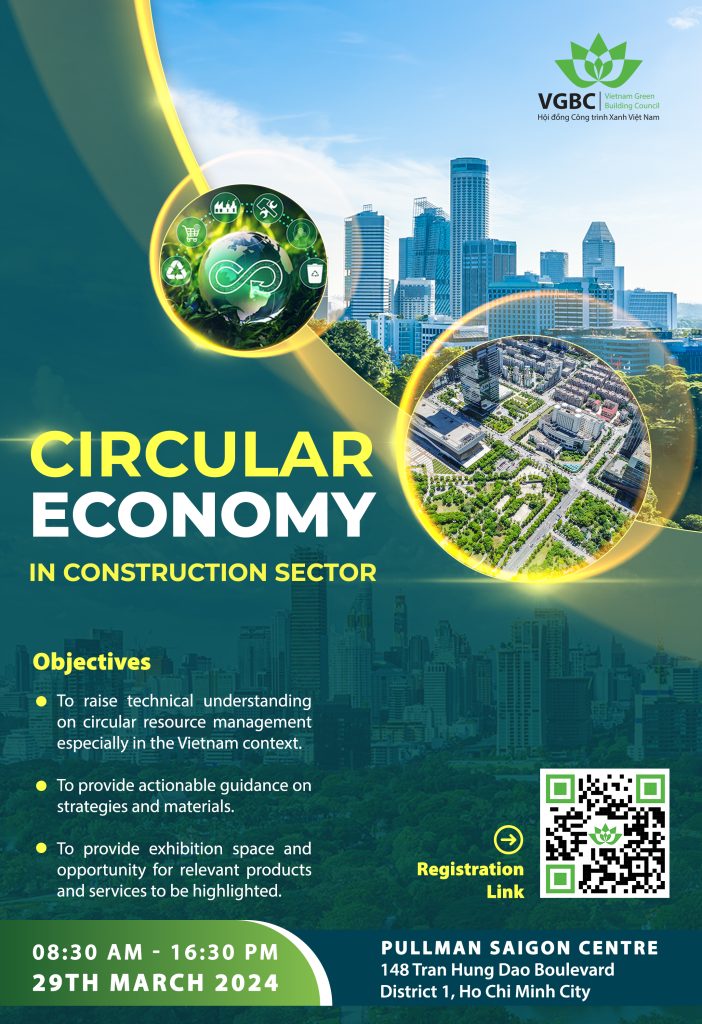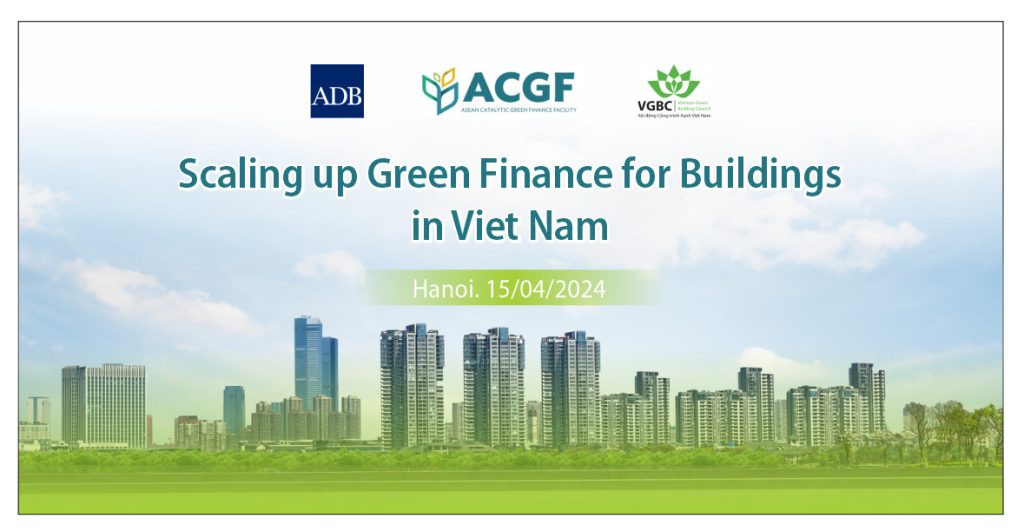Electricity of Vietnam, which hiked power prices by 5 percent last year, is set to increase them again by 40 percent by the end of 2015. Water prices went up by 50 percent last July.
With fuel bills likely to go in only one direction in the foreseeable future and given the economic situation, the time has come for a concerted effort to tackle energy efficiency.
To start with, green buildings are seen as a great way to reduce household energy use.
The International Energy Agency recently estimated that buildings are responsible for more than 40 percent of the world’s primary energy consumption and 24 percent of greenhouse gas emissions.
 Green design with interior pool and air shaft brings plenty of natural light and thermal comfort to this town house in Hanoi |
UN statistics pointed out further that the world’s construction projects use up 17 percent of potable water, 25 percent of timber, and 40-50 percent of raw materials.
In Vietnam too, buildings account for a lot of energy use and the construction sector has put huge pressure on the environment especially in the past decade. Around 760 urban areas have been created with factories, infrastructure, and land development projects.
Besides, there is massive demand for decent-quality housing after the Ministry of Construction unveiled a new housing standard of 20 square meters per person by 2020.
As of 2005 a little more than half of 3.2 million Hanoians were estimated to be living in poor housing conditions.
Now, to meet the new standard, the city needs to add 34.6 million square meters of housing in the next 15 years, or 2.3 million square meters a year.
“It equates to a doubling of the current house-building rate of 1.2 million square meters,” Prof Nguyen Quang Minh of the University of Civil Engineering’s architecture faculty said.
But then people also migrate to Hanoi in droves.
“For the Hanoi Statistical Office’s estimation of 120,000 people migrating to Hanoi every year, [another] 2.4 million square meters of housing should be added annually,” Minh said.
“Through 2020 around 4.7 million square meters need to be built every year.”
Deputy Minister of Construction Nguyen Thanh Nghi stressed that these statistics underline the importance of environment-friendly building practices at a conference on sustainable architecture in Hanoi last March.
Shortcut to sustainability?
“Green buildings are environmentally responsible, resource-efficient throughout their life cycle, and designed to reduce the overall impact of the built environment on human health and the natural environment,” Yannick Millet, executive director of the Vietnam Green Building Council, said.
“There are many criteria for a green building such as efficient use of energy, water, and other resources, protecting occupants’ health and improving employee productivity, and reducing waste, pollution and environmental degradation.”
Thus, green building practices target both reducing the environmental impacts of buildings and lowering the monthly energy bills for occupants.
It could be achieved by using constructive sun protection methods and double shell roof for shading and ventilation; better arrangement of windows, openings for cross ventilation, and increasing size of opening area; sealing gaps and cracks; using better insulation materials; correct use of orientation of the building, and building bamboo walls and roofs.
Aiming to raise awareness of and build capacity to construct green buildings in the country, the Vietnam Green Building Council (VGBC) has been developing the first green building rating system based on various international standards but adapted to local conditions.
To accommodate various building types, it consists of three market-based green rating tools – Lotus Non-residential, Lotus Residential and Lotus Buildings in Operation.
Each has its own set of criteria such as energy, water, materials, ecology, waste and pollution, health and comfort, adaptation and mitigation, community, and management.
“The energy criteria is to reduce through proper insulation, the use of natural ventilation, and the installation of energy efficient equipment,” Phan Tuan Anh, a technical coordinator and project manager of VGBC, explained.
“The water criteria is to reduce water consumption in a building through the use of water-efficient fixtures, rain water harvesting, and recycling.”
Is green affordable?
More and more building owners, managers, architects, and consultants are becoming aware that green buildings drive down energy consumption and help protect the environment. But many either do not know where to start or fail to persuade homeowners.
“In Vietnam, mainstreaming energy-efficient buildings is very challenging,” Tran Binh Minh, project manager of VEEB, a project to promote energy-efficient buildings in Vietnam, said.
“Consultants have very limited access to energy-efficiency data and knowledge, while green building practices are underappreciated by the majority of building stakeholders.”
Quang Minh of the architecture faculty admitted: “Sustainable housing is obviously more costly than normal housing in terms of initial investment in advanced building techniques and technologies.
“But green buildings are affordable and accessible even for the low-income group.”
For instance, the Tan Hoa – Lo Gom Canal Sanitation and Urban Upgrade Project in Ho Chi Minh City included a green-building project in which apartments were sold at US$118-312 per square meter in 2005, a very affordable price even for low-income residents.
This compares with $150 for normal houses.
“With transferred techniques and customized technologies for the Vietnamese context, a green building could be 30 percent less expensive [here],” Quang Minh said.
“The cost is also negotiable.”
Millet said that despite the large initial investment, the payback time for green technologies is no more than six months to seven years.
“It is important to stress the long-term perspective, not only the upfront cost.”
Tuan Anh said the cost of constructing an energy-efficient building varies significantly depending on factors like location, solutions, and consultants.
“It is very difficult to give a fixed construction cost, especially for a green building. This number depends on various factors such as size, type, natural features of the construction site, and specific requirements of building-owners.
“Also, the sooner a [building] decides to go green, the cheaper its cost will be.”
“But, most importantly, homeowners will enjoy both the comfort of their home and the savings these green practices generate over time,” he said.
Dinh Chinh Loi of the Ministry of Construction’s Department of Science, Technology and Environment, said the energy saving potential for new buildings is 30-40 percent and for renovated buildings, 15-25 percent.
Solar water heating systems are a popular green solution. Vietnam has the great advantage of being a tropical country located well within the main insolation area on the World Solar Radiation Map.
Many kinds of builds have successfully exploited this source of clean free energy for heating, ranging from hotels and residential buildings to swimming pools.
At factories, where higher water temperatures are required, the system helps save a lot on energy costs by replacing electricity or fossil fuels.
“For large structures such as hotels or factories, a solar system usually costs from a few hundred million dong to more than VND1 billion,” Pham Ngoc Quynh Nhu, head of the Bach Khoa Solar Company’s business department, said.
“The solar water heating systems installed at the Majestic and Rex hotels [in HCMC] have helped save more than 70 percent of energy cost, while De Nhat Hotel saves more than VND270 million a year.”
Though a majority of Vietnamese homeowners still associate green buildings simply with growing plants at home, there are signs now that more people are concerned about energy efficiency and willing to act on this concern.
Source: thanhniennews.com

 Tiếng Việt
Tiếng Việt



